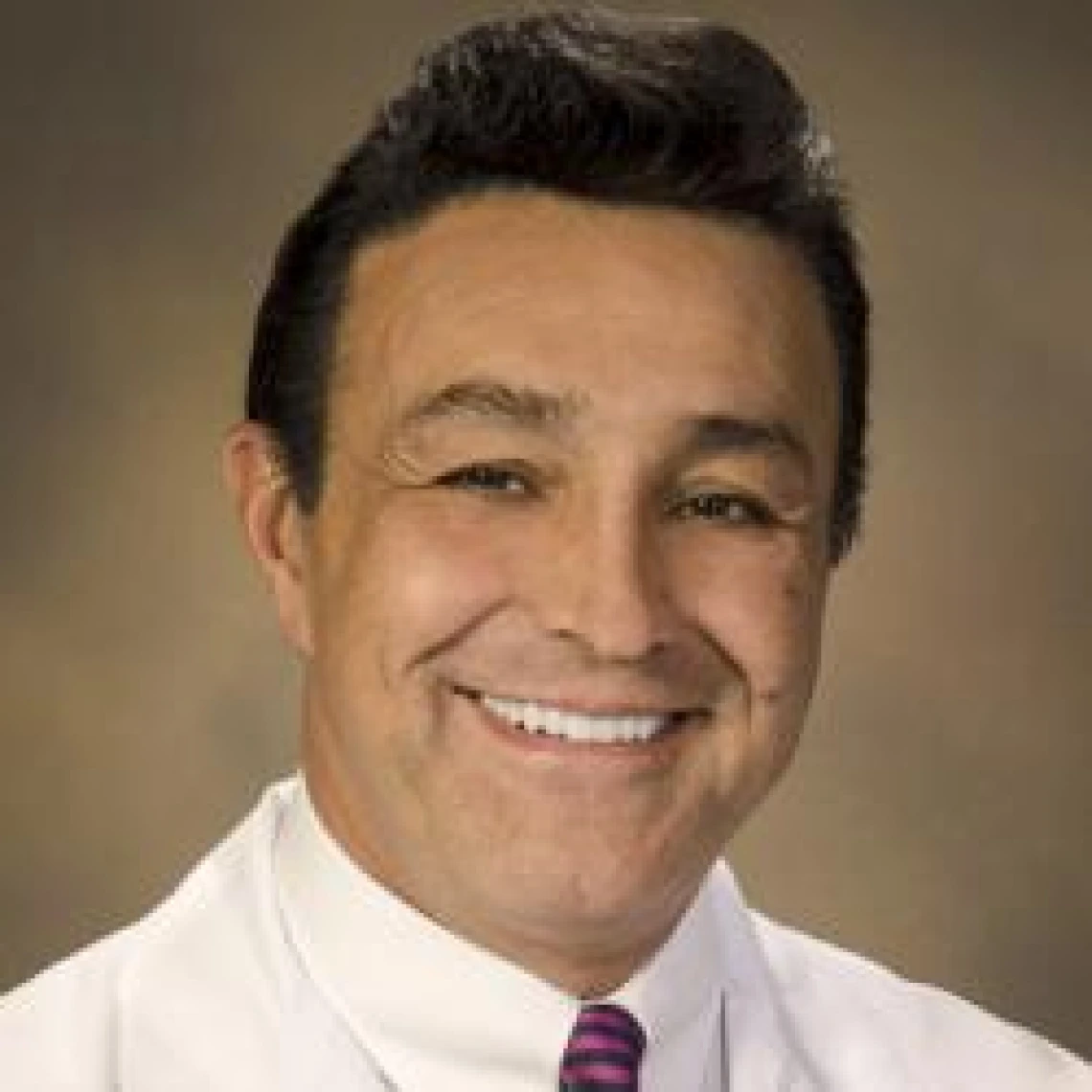Early lung cancer screenings recommended

Lung cancer is a treatable, curable disease if it is diagnosed early. The US Preventive Services Task Force recommends screening people who are at high risk for lung cancer with annual low-dose CT scans, which can prevent a substantial number of lung-cancer related deaths. The recommendations were released July 29 and the public can comment on them until Aug. 26.
The Task Force, after reviewing the evidence, determined that a reasonable balance of benefits and harms can be reached by screening people who are 55 to 80 years old and have a 30-pack-year or greater history of smoking and who are either current smokers or have quit in the past 15 years. A "pack year" means that someone has smoked an average of one pack of cigarettes per day for a year.
Each year, about 200,000 new cases of lung cancer are diagnosed in the US. In Arizona, there will be about 4,000 lung cancer diagnoses this year, with nearly that many Arizonans dying from the disease.
Faculty at the University of Arizona Cancer Center say that mortality figure in Arizona and across the Southwestern United States can be significantly reduced.
Farid Gharagozloo, MD, FACS, chief of the new Southwest Lung Cancer Program at the University of Arizona and a cardiothoracic surgeon at the University of Arizona Medical Center, says many people who have a nodule on their lung may be misdiagnosed as having valley fever (coccidiodomycosis), because that disease is prevalent in our desert environment.
But the population at greatest risk of developing lung cancer – people over the age of 55 who have a history of smoking for at least 10 years – may have lived elsewhere in their youth and were not exposed to valley fever spores, Dr. Gharagozloo said. So any nodule discovered on their lung should be treated as if it is cancer until determined otherwise, rather than taking a watchful approach.
“There are more problems with lung cancer in the Southwest than in any other region in the nation,” Dr. Gharagozloo said. “Lung cancer is as common here as it is anywhere else in America, but more people who live in the Southwest end up dying from it. We’re going to change that.”
Dr. Gharagozloo said just as breast cancer has gone from a potential fatal disease to one that can be managed and lived with if diagnosed and treated in its earliest stages, lung cancer can also be managed in the same way.
Dr. Gharagozloo said people at risk of lung cancer should seek a low-dose CT scan and if a lesion is present, see a thoracic surgeon, followed by chemotherapy and radiation therapy if necessary.
"Many patients are resistant to the fact that they may have a cancer when they are feeling well. So it is important to explain to them that there is something lurking," Dr. Gharagozloo said.
"And it's important for surgeons who are now getting involved to concentrate on minimally invasive techniques. A patient who is asymptomatic is much more likely to have surgery that is minimally invasive as opposed to the conventional thoractomy," he said.
"It's important that CT screening programs marry minimally invasive surgical programs, and there are very few of those in the country. Without the interventional piece, the impact of screening will not be felt."
To learn more about lung cancer screenings and to find out if you are eligible, call the UACC's Lung Specialist Clinic at (520) 694-CURE (2873).
-July 29, 2013

